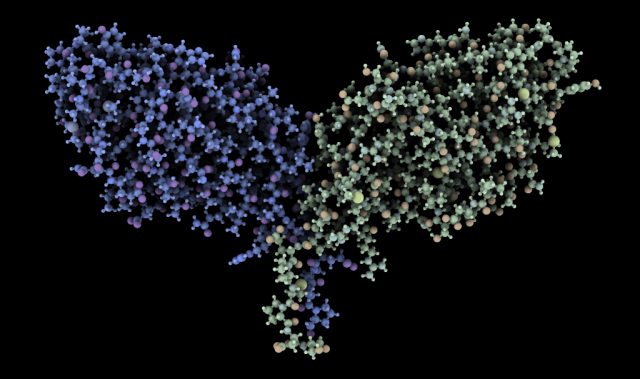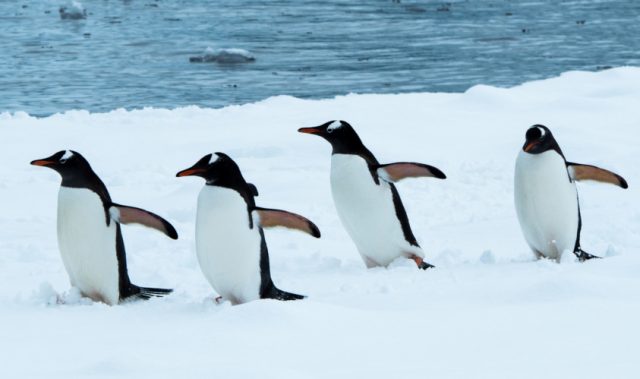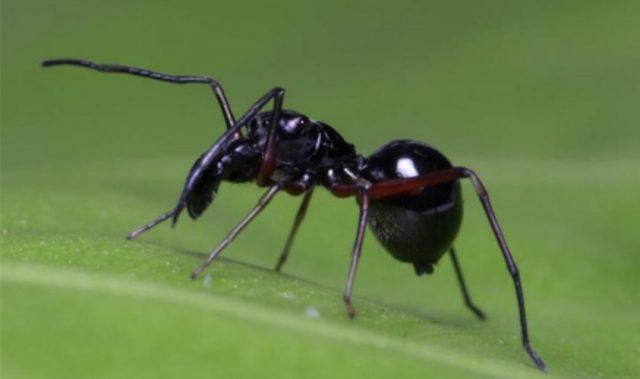
AsianScientist (Nov. 28, 2016) – Silver particles, which are now used in a wide range of consumer products, can travel up the food chain and accumulate in the bodies of animals at the top, according to research published in Scientific Reports.
Despite the large-scale production and use of nanoparticles in medicine and other products, the effects of nanoparticles on the environment and ecosystem are still not well understood. In particular, understanding how nanoparticles flow through the food chain is important for evaluating the toxicity of nanoparticles.
To study transfer of silver nanoparticles from prey to predator, researchers led by Professor Wu Lijun at the Hefei Institutes of Physical Science of the Chinese Academy of Sciences used Escherichia coli bacteria and Caenorhabditis elegans worms as a food chain model.
They found that silver nanoparticles accumulated in E. coli could be transferred to the C. elegans worms that ate the bacteria. The accumulated silver nanoparticles caused serious toxicity in the worms, including genetic damage that was transmitted across the generations.
These results highlight the potential dangers of nanoparticles in the ecosystem and their impact on organisms higher up in the food chain.
The article can be found at: Luo et al. (2016) Insights into the Ecotoxicity of Silver Nanoparticles Transferred from Escherichia coli to Caenorhabditis elegans.
———
Source: Chinese Academy of Sciences.
Disclaimer: This article does not necessarily reflect the views of AsianScientist or its staff.












